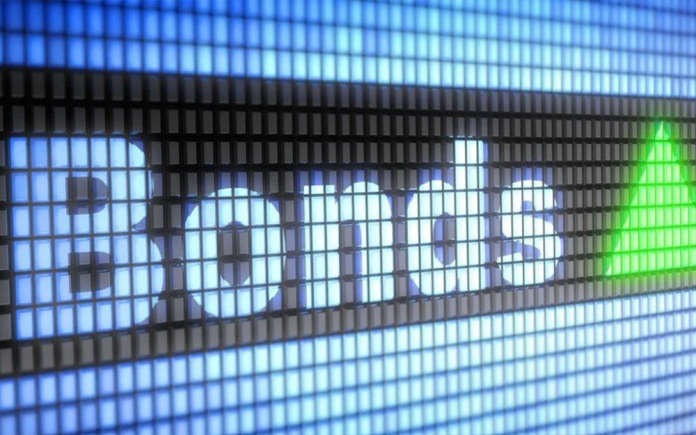
By Haddon Libby
Most investors spend most of their time thinking about equities. This makes sense as equities are where we can earn or lose the most. Over the long-run, equities return 8-9% while bonds pay 4%. With nearly risk-free US Treasuries paying a tax-equivalent yield of up to 6%, FDIC-insured bank CDs paying 5.5%, investors have a reasonable alternative to equities. If you can get a risk-free 6% rate, do you need so much in equities?
As a refresher, bonds are debt obligations by companies or governments while equities are ownership of companies. All bonds are either taxable or tax-exempt. U.S. Treasuries are exempt from state taxes but not from federal tax. Some municipal bonds are exempt from all taxes while others are not tax-exempt. Corporate bonds and bank CDs are taxable.
All fixed income bears some level of risk. A bank certificate of deposit is probably the safest as it is backed by the federal government. US Treasuries are similarly safe as they are backed by the federal government. When it comes to state and municipal bonds, investors need to read the fine print to understand the true risks of a bond.
Rating agencies give letter grades meant to help investors understand the basic safety of the investment. AAA, AA, A and BBB are considered investment grade. BB, B and lower are considered high yield or junk bonds. Lower rated debt is typically the result of too much debt, inadequate cashflow or another situation that increases the risk that the investor will receive less than the full investment at maturity.
While we think of bonds in terms of the maturity date on the note, some bonds may repay earlier. This is usually the case with mortgage-backed bonds as the repayment of the loan relies on the performance of the numerous mortgage loans being repaid (or not). This is one of the reasons why investment professionals typically look at the duration of a bond to understand if the rate paid on the bond is fair. Another way of thinking of this is in terms of the yield on an investment. Look at the Yield to Worst (YTW) instead of the Yield to Maturity (YTM) as YTW shows an investor what they are more likely to earn.
In a tax-exempt investment account like an IRA, Roth or 401k, the investor is simply looking for the highest return relative to risk as no taxes are paid on investments in retirement accounts. If a Treasury was paying 5% and a bank CD was paying 5.25%, the investor would choose the bank CD for the retirement account.
In a taxable investment account, the investor’s tax rate must be considered when determining the best investment. Let’s assume that the investor pays a 37% federal tax rate and 8% state tax rate. A double tax-exempt municipal pays 2.75%, the US Treasury 5% and the bank CD 5.25%. After returns are reduced for taxes, the municipal bond yields 2.75%, the Treasury 3.15% and the bank CD 2.89%. When investment professionals discuss these types of investments, they often refer to the tax-equivalent yield. Tax-equivalent yields increase the return of a US Treasury or muni to reflect the implied gross return of those investment types versus a taxable bank CD or taxable corporate bond. In this exampla, the tax equivalent yield for the muni is 5% and the Treasury 5.435% vs. the taxable bank CD 5.25%. For the person who wants to calculate this yield, take the 2.75% yield of the muni and divide it by 1.0 minus the tax rate of 0.45 (37% federal, 8% state). For the Treasury, only subtract the state tax rate.
In this example, the Treasury pays the most for a taxable account while the bank CD is best for the retirement account.
When buying bonds, you are more likely to get a better price from a registered investment advisor (RIA) who performs to the fiduciary standard of care over a broker who might also be called an investment advisor. Brokers add a spread to every transaction while RIAs charge a monthly or quarterly fee based on the assets that they manage.
Haddon Libby is the Founder and Chief Investment Officer of RIA firm Winslow Drake Investment Management. Please visit www.WinslowDrake.com for information on our services or to inquire about a no-cost investment portfolio review.










































